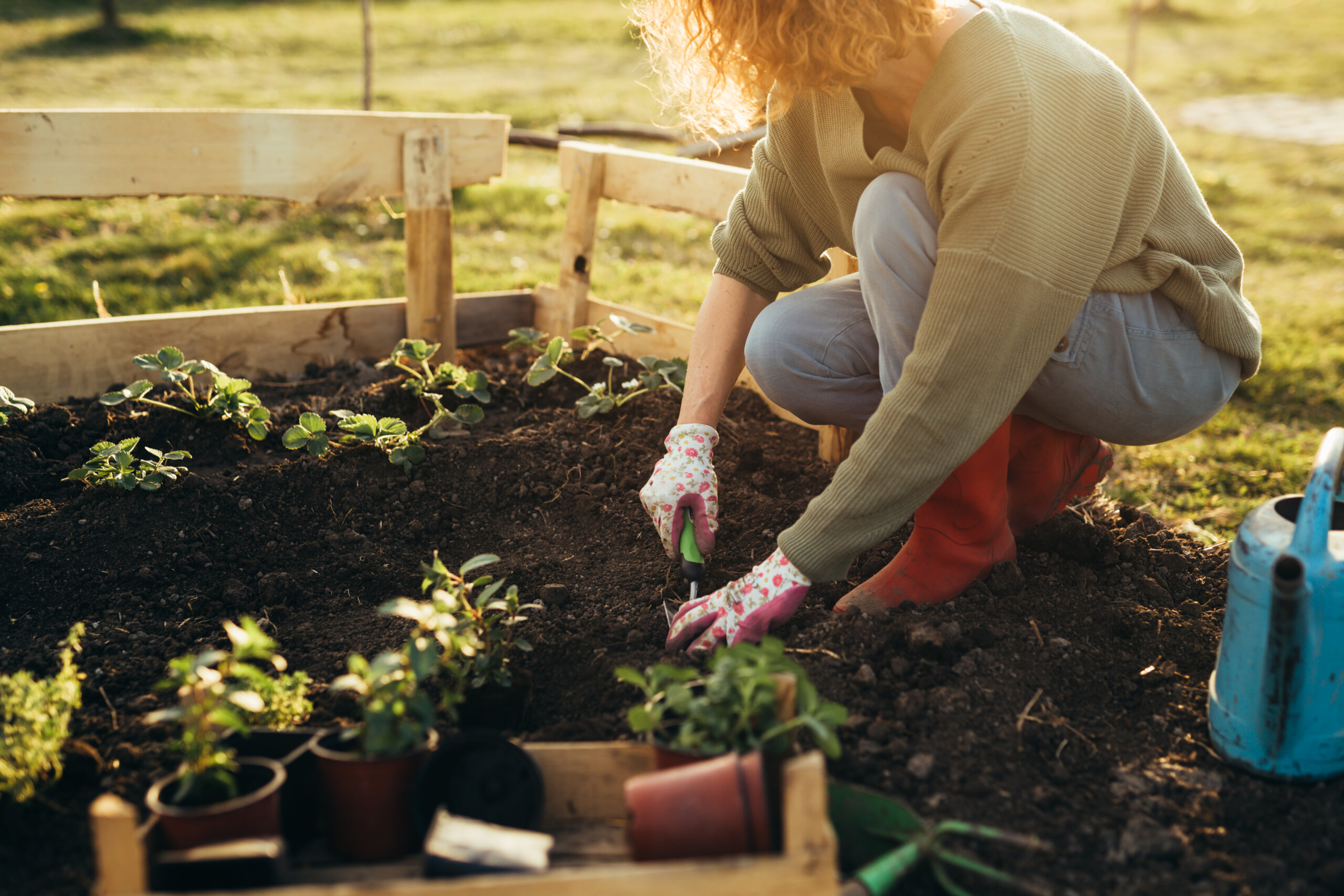For many people, spending time working in the garden is relaxing and satisfying, a pleasant way to spend a spring morning or afternoon. Nonetheless, at Long Island Spine Rehabilitation Medicine, we see a fair number of patients who have suffered painful injuries while planting, weeding, and otherwise beautifying their yards and flower beds. Fortunately, our doctors are physiatrists who specialize in relieving pain and restoring mobility, so contacting us is a good first step to getting back to work to working in the natural environment you love.
Why Our Doctors Are the Right Choice
Our practice is holistic and nonsurgical so we offer a broad spectrum of traditional and complementary treatments for your gardening injuries, treatments that have proven to be successful alone and in combination. Because our doctors are fine diagnosticians, you can be sure that we will determine the origin of your problem before deciding on the most effective therapies to treat it.
Common Gardening Injuries
At Long Island Spine Rehabilitation Medicine, we frequently encounter the following gardening-related injuries in our patients. We are well-prepared to diagnose and treat these and other muscle, joint, and nerve compression conditions without any surgical procedures:
- Neck pain is a frequent complaint of those who engage in the reaching, bending, twisting, and sometimes heavy lifting inherent in the gardening process. Repetitive movements characteristic of planting or weeding can result in strain in the neck and upper back.
- Shoulder Tendonitis is an inflammation of the rotator cuff. Because the rotator cuff attaches the humerus to the shoulder blade, this inflammation can cause severe pain in the shoulder. Shoulder tendonitis is common in gardeners who have been reaching, particularly overhead, as when pruning high branches.
- Carpal tunnel syndrome occurs when the median nerve of the wrist is compressed, resulting in pain, numbness, tingling, and stiffness of the wrist and some of the fingers.
- DeQuervain’s tendonitisis an inflammation of the sheath that surrounds the tendons connecting the wrist and the thumb. As the sheath swells, these tendons are compressed, causing pain and restricted mobility.
- Patellofemoral pain syndrome, more familiar as a sports injury, can also be an issue for gardeners who spend prolonged periods squatting. This position strains and inflames the knees by keeping them in a bent position.
- Prepatellar bursitis, also caused by wear and tear due to excessive pressure, in this case, the kneecap (patella), results in inflammation of the bursa, the fluid-filled sac designed to cushion the knee joint. Irritation of the bursa causes the sac to produce too much fluid which swells, putting painful pressure on the adjacent parts of the knee.
- Tennis elbow (lateral epicondylitis) is the result of overexertion of the muscles of the forearm that strains tendons in the region, resulting in pain and weakness.
- Herniated vertebral discs, the discs that act as cushions between the vertebrae, typically occur because wear and tear due to aging or previous injury are worsened by the bending, lifting, or twisting motions of gardening.
Diagnosing Gardening Injuries
There are three major reasons that coming to one of our offices for early diagnosis of gardening injuries is a wise choice:
- Our doctors are extremely well-trained in the diagnosis of musculoskeletal injuries.
- We have cutting-edge diagnostic equipment.
- We always pay close attention to your medical history and your reactions during your physical exam, as well as to the results of your imaging tests.
Effective Treatments for Gardening Injuries
Once we have carefully assessed your gardening injury, we will recommend one or more therapeutic remedies for your symptoms. These may include:
- Acupuncture
- Platelet-rich plasma (PRP)
- Physical therapy with electrical stimulation
- Corticosteroid and analgesic injections to relieve pain and inflammation
- PEMF (Pulsed Electromagnetic Field) therapy
- Epidural injections under fluoroscopic guidance to relieve back pain
- Knee viscosupplementation to “oil” the knee joint with hyaluronic acid
Contact Our Experienced Gardening Injury Doctors Today
Don’t let aches, pains, or other symptoms keep you from the joys of gardening for longer than necessary. Contact us for efficient, compassionate care that will get you back close to the earth as quickly as possible.
